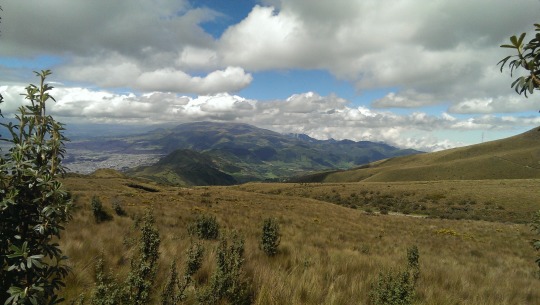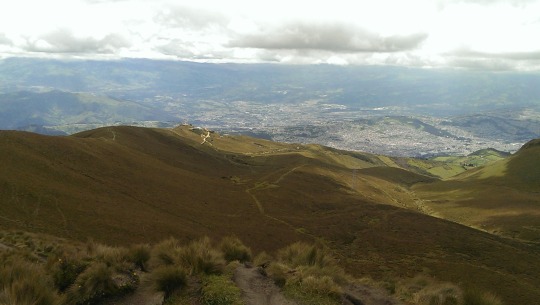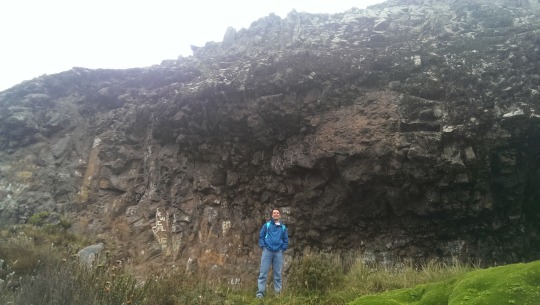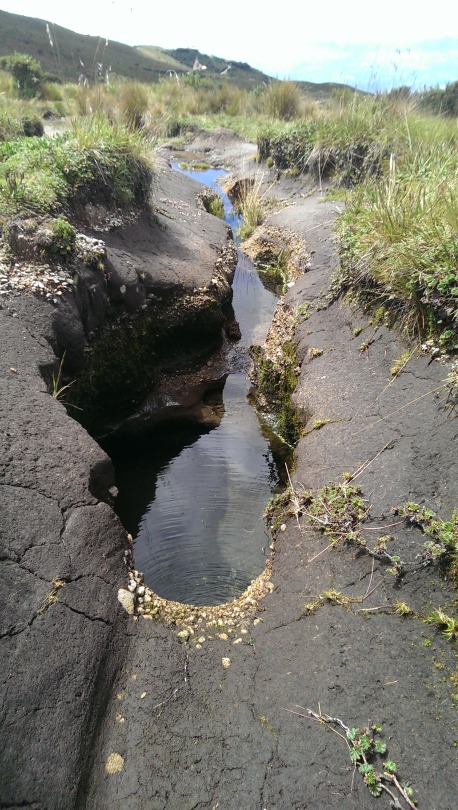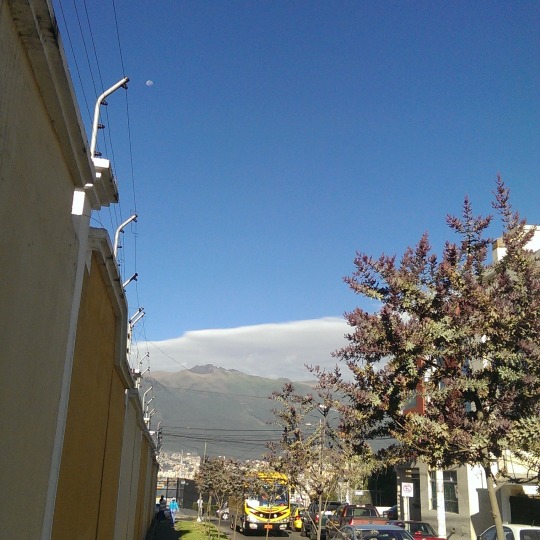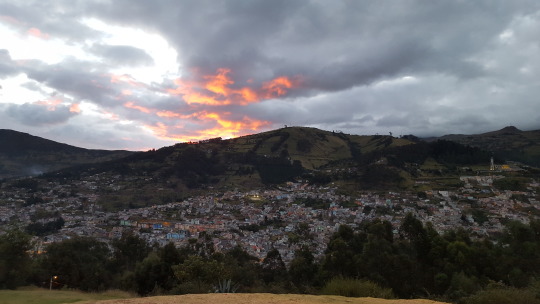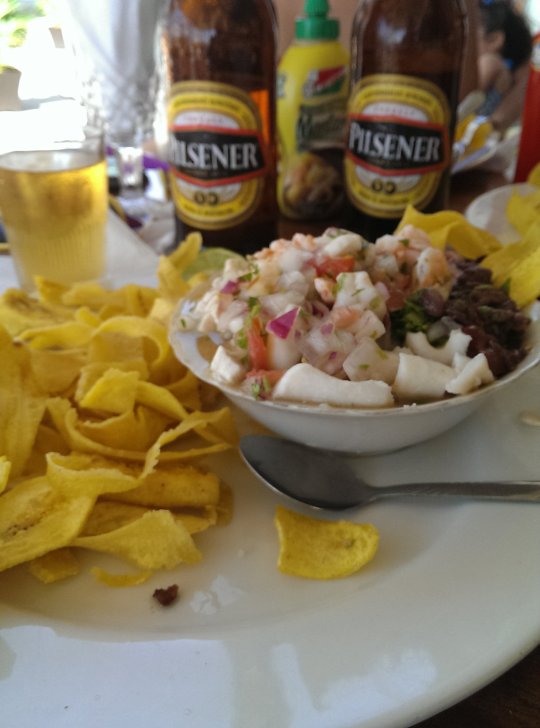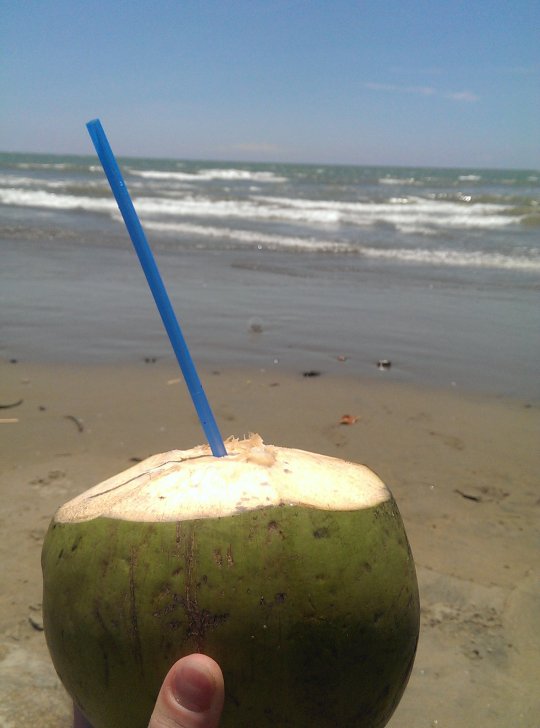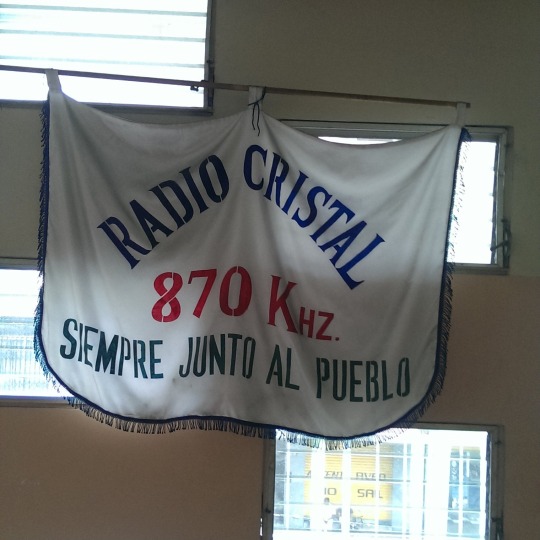The day after climbing Rucu Pichincha (see below) I was off on another adventure. Like I mentioned, I spent the first two weeks in Quito harassing everyone in the consular section at the embassy for things to do, seeing if they’d hang out with me. I had asked a few of the greeters I had met as well. One of them, Johanna, was nice enough to invite me down to Baños, a popular tourist town in the mountain jungle with rafting, rappelling, bungee jumping, and a party scene. She was headed there with some friends, and they were renting a bus. It sounded like it’d be a blast. And, it just happened to be the day after I got sunburned and super exhausted climbing Pichincha. Sounded like it’d be a blast. Then, on either Thursday or Friday, after I’d committed, she informed me she’d be picking me up at 4 am on Sunday. I’m a man of my word, negotiated the pick-up time to 4:30, but still said yes.
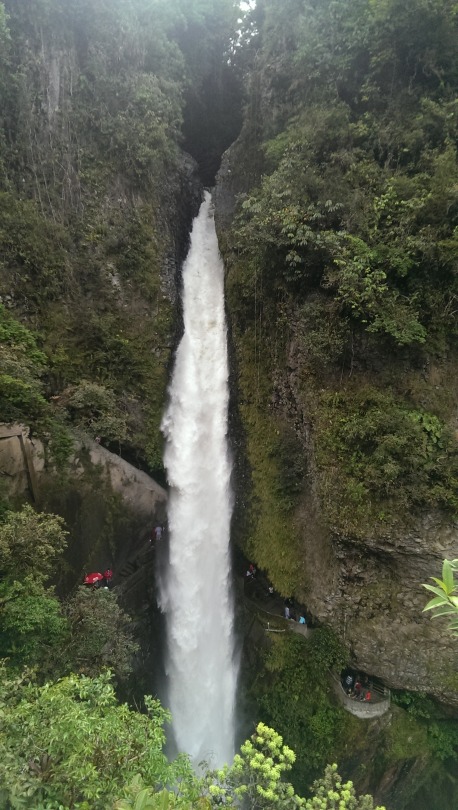
(waterfall-el pailon del diablo)
One of my best friend Dave’s favorite sayings is “never say no, try anything twice.” I can’t say that I totally agree, or think it always applies, but I’m generally up for almost anything. Additionally, for some reason, when I’m abroad I tend to be a bit more trusting of other people’s opinions (if they’re locals) because I figure they have a better idea. So, I still said yes to the trip.
Instead of the 10-15 person bus I imagined, it was a full size bus. Johanna’s friends were there, her friends from the English center she tutors at, and about 40 of their 8-12 year old students. So, essentially I was a chaperone for a day. Normally, people go to Baños for the spas, adventure sports and partying. But, that probably wasn’t going to happen with 40 kids from poor areas.
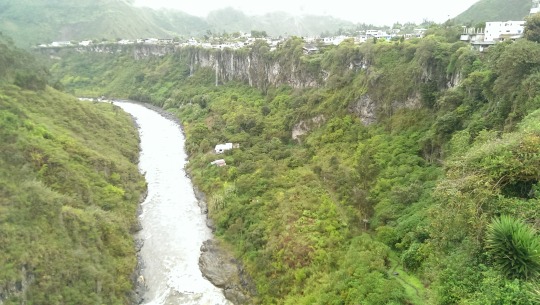
(river outside the town of Baños)
We spent a lot of time that day in the bus. Way too much time. Luckily I got some reading done, and helped the kids with some of their English worksheets. We visited a “zoo” which was really just full of chickens. Seriously, they had an ostrich, some parrots, a couple of ducks and geese, and about 50 types of chickens. I couldn’t make this up if I tried. There were some cool chickens, and, now I can use “I’ve been to a chicken zoo” in two truths and a lie. We were to go to a river/swimming hole, but it had been stopped up to create a pond like area for 4x4 races. Because, of course, the trip organizers hadn’t checked and didn’t know it was some big 4x4 festival. So we instead went to a little lodge with a pool and hot tub. A small pool and hot tub with some cleaning desired, but it was okay.
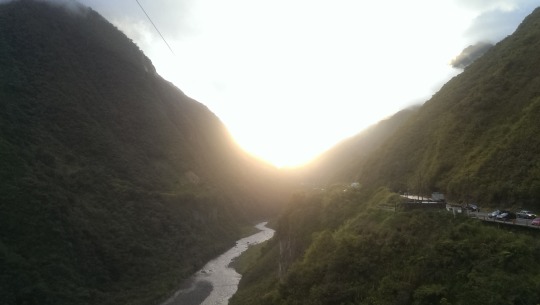
(view from the zipline)
The day actually got better as it went along. Despite a lot more time in the bus, we did see a super cool, huge waterfall. You could hike down it a ways and kind of get under it, it was pretty cool. At sunset, the best, and last activity of the day was a zipline across a huge valley, just as the sun was setting. I think I got back to my house just before ten. Completely exhausted, and you can bet there were a hundred people ready to be interviewed for visas the next morning. I’ll be sure to make a trip back to Baños when I have just a little more control over the itinerary.
